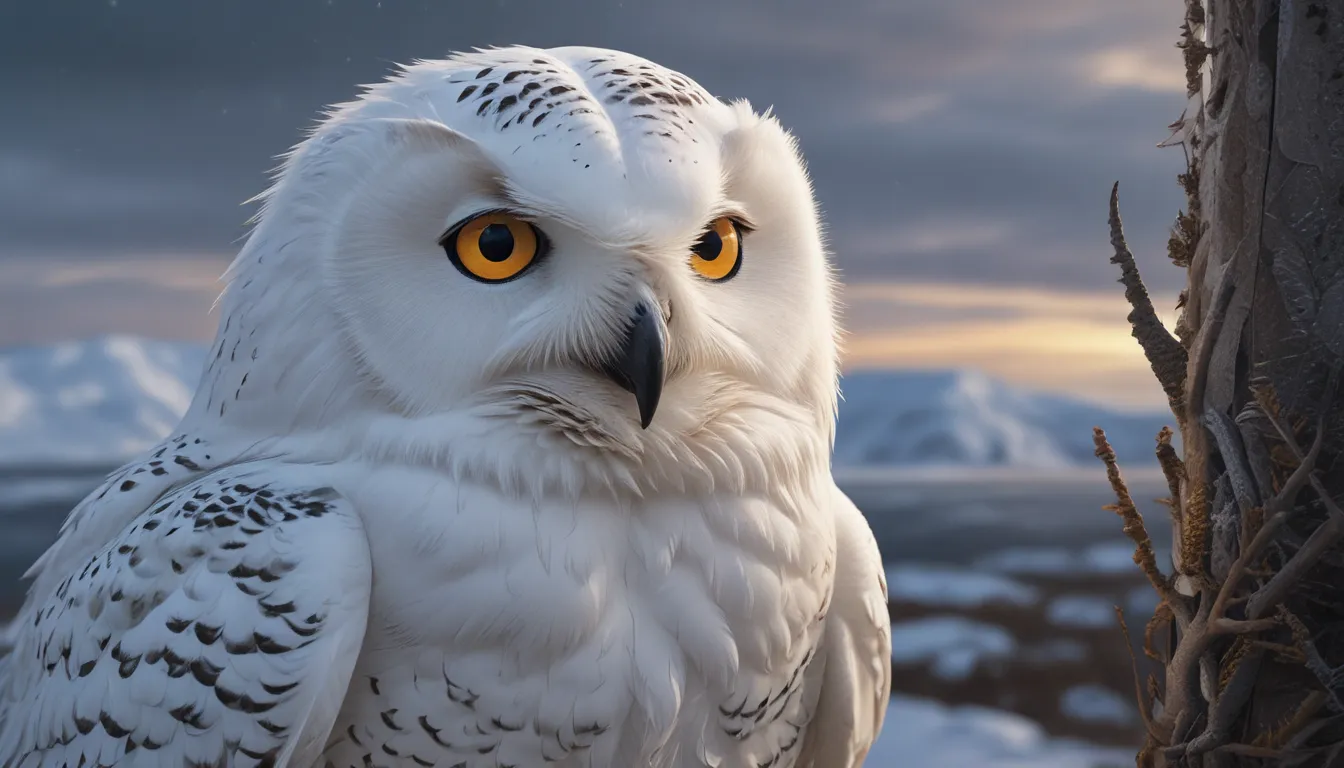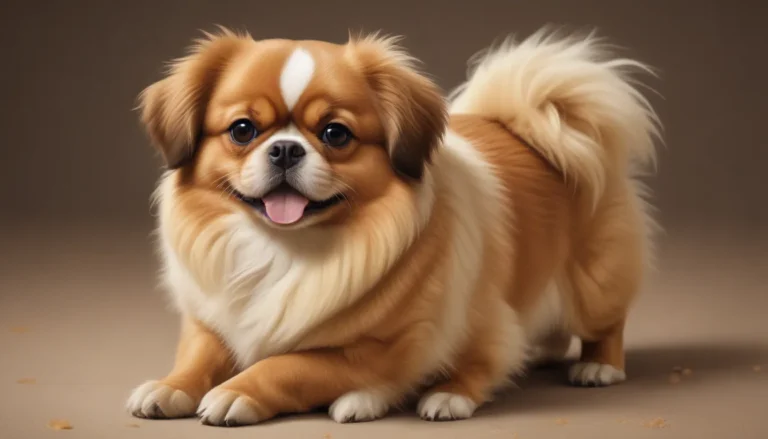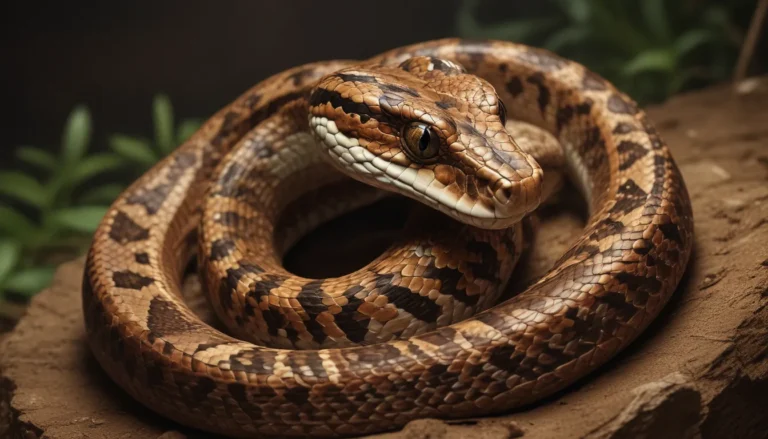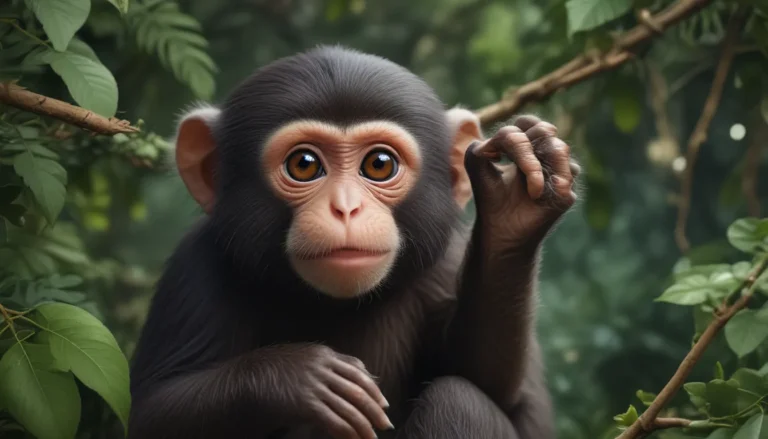The pictures we use in our articles might not show exactly what the words say. We choose these pictures to make you interested in reading more. The pictures work together with the words but don’t take their place. The words still tell you the important facts.
Have you ever gazed upon the majestic snowy owl, as white as the frozen lands it calls home? These creatures of the Arctic wilderness possess a fierce territorial nature that demands respect. Yet, beneath their intimidating exterior lies a world of fascinating behaviors that captivate scientists and nature enthusiasts alike. Join us on a journey to uncover the unique world of snowy owls with these enlightening insights.
Unveiling the Enigmatic Snowy Owl
Snowy owls, with their striking white plumage, stand out as the only owls in the animal kingdom to boast such a pristine appearance. Adult males showcase a brilliant pure white coat, while females exhibit subtle brown flecks in their plumage. Interestingly, young snowy owls of both genders possess these brown flecks, but only females retain them into adulthood. Scientists utilize the presence and disappearance of these flecks as a reliable method to determine the age of these intriguing creatures.
Melodious Calls of the Snowy Owl
While many nocturnal owls emit the familiar hooting sound, snowy owls possess a unique repertoire of calls that set them apart from their counterparts. With a distinctive barking quality to their voices, snowy owls communicate through a diverse range of vocalizations. From territorial warnings to attracting potential mates, these versatile birds rely on their varied calls for social interaction. Notably, snowy owl hatchlings vocalize a high-pitched series of sounds upon hatching, aiding their mother in locating them if they stray.
Grounded Spirits: Snowy Owl’s Habitat Preference
Unlike their avian kin, snowy owls exhibit an intriguing aversion to tree perches, favoring the earthy embrace of the ground instead. Nesting in secluded grassy locations, these birds have adapted to life without the need for lofty structures. This behavior has evolved due to their short and broad legs, making tree perching a challenging endeavor for these unique owls.
Polygamous Nature of Snowy Owls
While monogamy is common among many bird species, snowy owls occasionally display polygamous relationships. Notably, males may mate with multiple females, though instances of females engaging in polygamy are less frequent. This rare behavior adds a layer of complexity to the intricate social dynamics of snowy owl communities.
Nesting and Parenting Behavior
In the early days of May, snowy owls diligently prepare their nests, laying an average of 8 eggs over a span of 10 days. Although clutch sizes may vary from 5 to 11 eggs, the incubation period remains consistent, lasting approximately one month. The devoted parents diligently care for their hatchlings, ensuring their survival until October when migration beckons the young ones to embark on their own journeys.
Guardians of the Nest: Snowy Owl’s Protective Instincts
As staunch defenders of their territories, snowy owls exhibit remarkable protective instincts when faced with threats to their nests. In the presence of perceived dangers, these owls employ intimidating displays, from fanning out their wings to aggressive dive-bombing maneuvers. While infrequent, human encounters with protective snowy owls have resulted in severe injuries, emphasizing the importance of respecting these majestic birds' boundaries.
A Lifelong Legacy: Snowy Owl’s Longevity
In captivity, snowy owls can thrive for up to 30 years, showcasing their resilience and adaptability. Their average lifespan in the wild hovers around 10 years, with exceptional individuals reaching the remarkable age of 23. These enduring creatures symbolize the enduring spirit of the Arctic wilderness they call home.
Environmental Challenges and Conservation Efforts
The looming specter of climate change poses a significant threat to the snowy owl's fragile ecosystem. Rising temperatures and altered precipitation patterns have disrupted local rodent populations, impacting the owls' primary food source. In response, conservationists and scientists rally to safeguard these vulnerable creatures, advocating for sustainable practices to protect their habitats and ensure their survival against mounting environmental challenges.
Cultural Significance of the Snowy Owl
Beyond their natural habitat, snowy owls have captured the imagination of humans, permeating popular culture and folklore. From the iconic portrayal of Hedwig in the Harry Potter series to the namesake of the French Air Force's drone system, these enigmatic birds hold a special place in our collective consciousness. Their graceful presence and unique attributes continue to inspire creativity and admiration across diverse arenas.
As we delve into the enigmatic world of the snowy owl, we unveil a tapestry of wonders that celebrate nature's diversity and resilience. With each insight, we deepen our understanding of these captivating creatures and the delicate ecosystems they inhabit. Join us in embracing the beauty of the Arctic wilderness through the lens of the majestic snowy owl, a symbol of grace and vitality in the face of environmental challenges.






